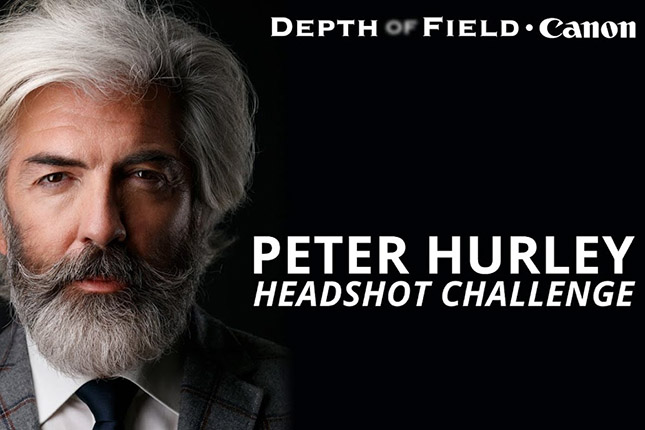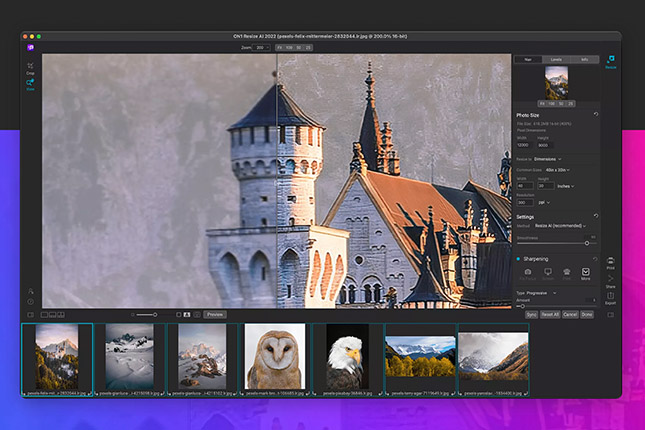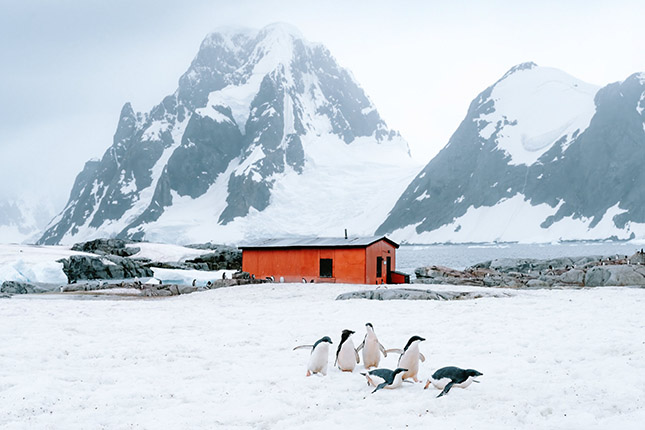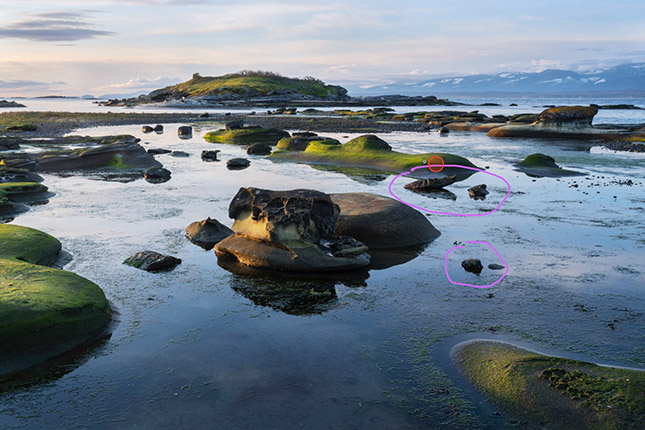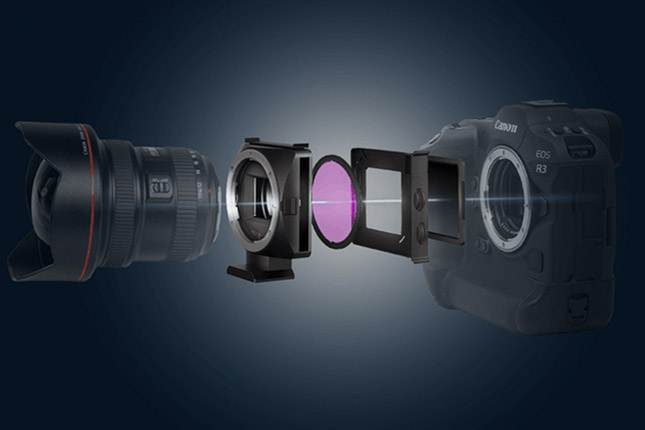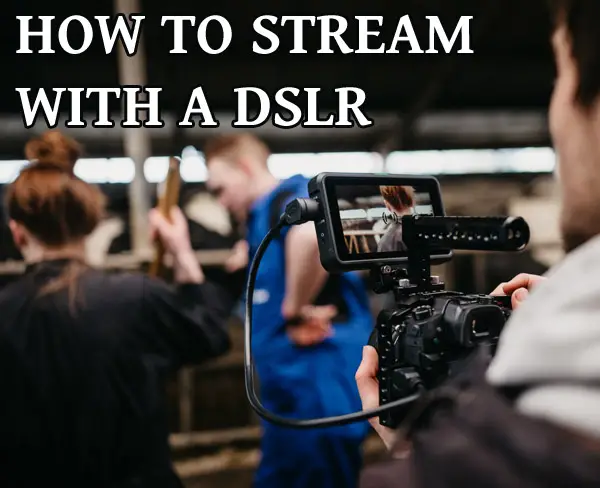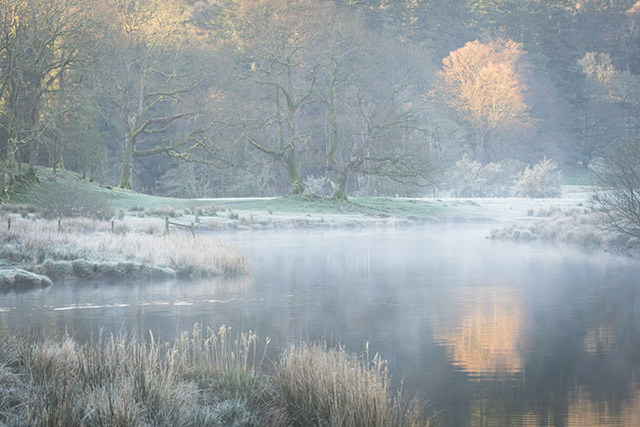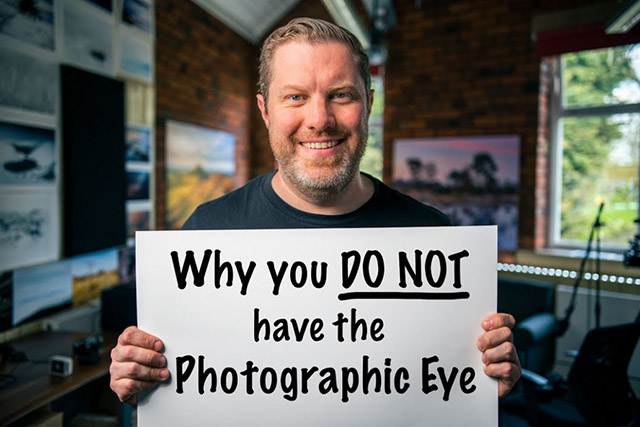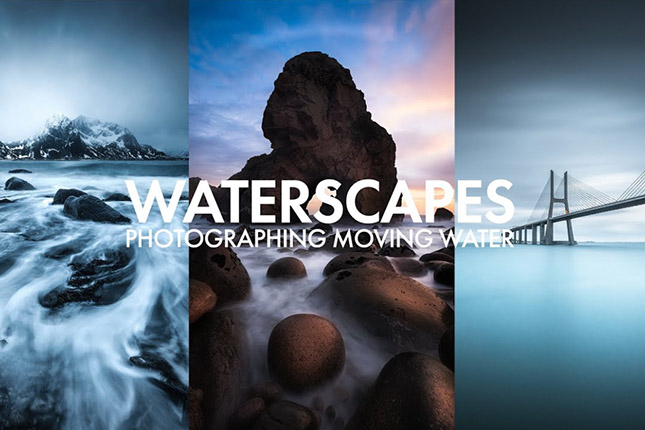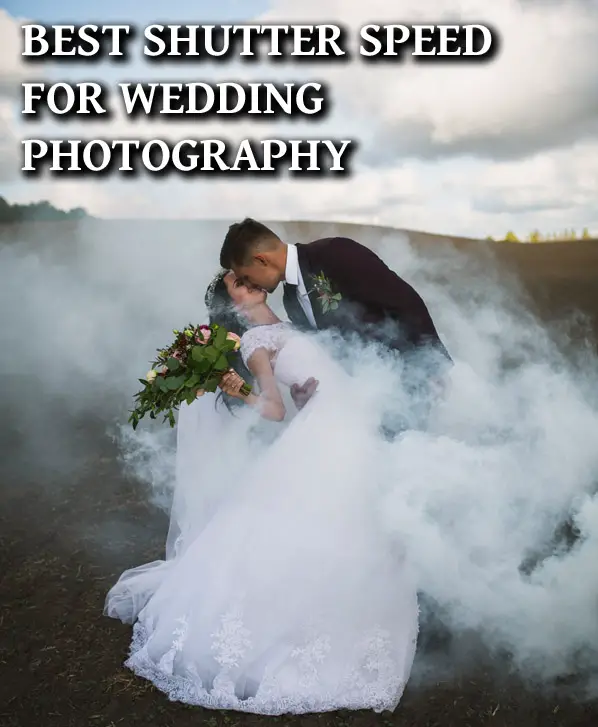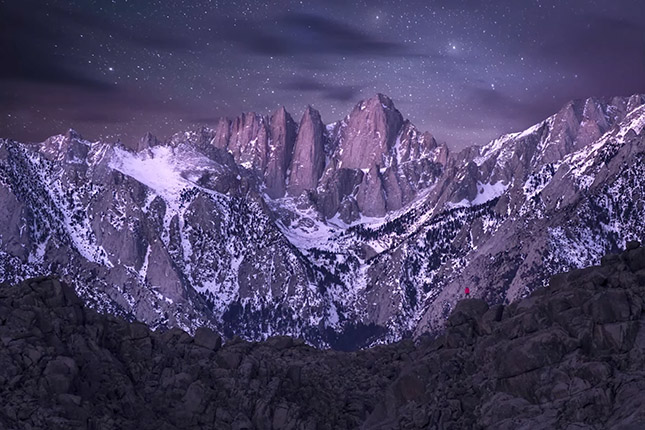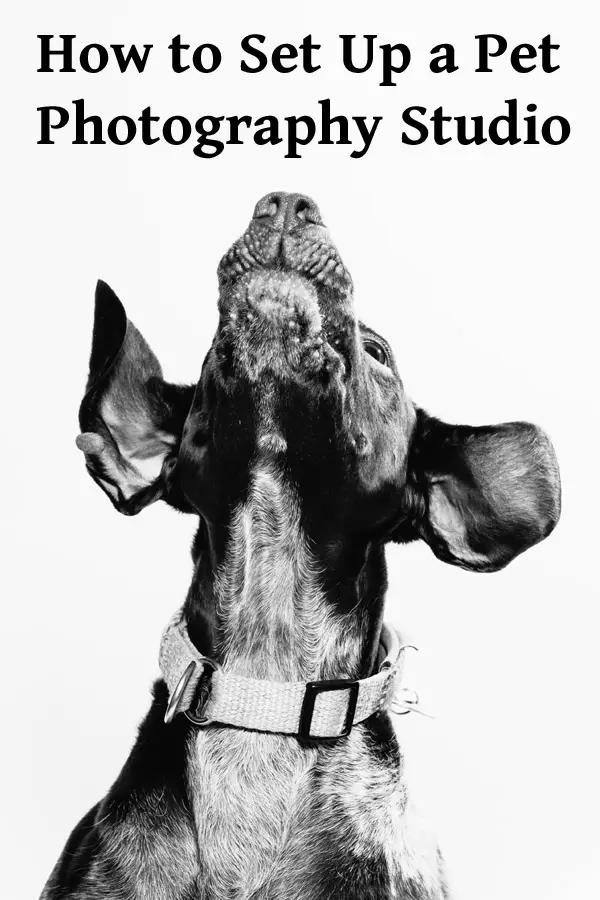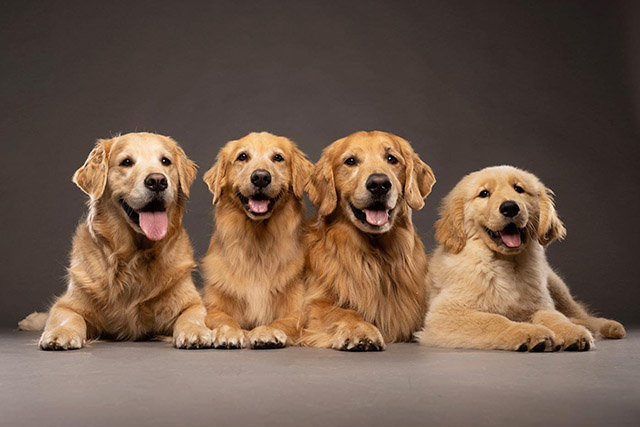Tips & Tricks

On-Camera Audio Recording: Cases and Accessories
Tuts+PhotographyUnderstanding how microphones work and how to choose a microphone for a particular situation is important. But don't forget about how to transport them safely. In this tutorial, you'll learn about cases, how to transport audio gear, and some accessories you might want to have on a shoot.
Cases for Audio Gear
Transporting audio gear doesn't have to be complicated. If you have a small kit, maybe a single wireless system or a shotgun microphone, you can probably get away with transporting it in your camera case if it's big enough. As your audio kit grows, it might be time to think about getting a dedicated case to store all your microphones, cables, and accessories.
Now, the thing that's going to dictate what kind of case you're going to need is where you're going to be shooting and the type of travel that's going to be involved. Are you flying? Are you going to be riding on the back of a camel or a horse? These sorts of things need to be considered when choosing a case.



If you're going off to remote locations or if you're going to be out in nature's elements, you'll probably want to get a hard case for both your camera and audio gear. Those types of cases, especially from Pelican, can take a ton of abuse and have been time-tested. They are a great option, but they do cost a pretty penny.
What works for me is far more simple. I use a Pelican case for my main camera gear, but for my audio gear, because I'm not toting it around in the Sahara or Siberia, I use one of my old soft backpack-style camera cases. This works well for me because I'm not very hard on my gear. All of the audio gear that I put in here is fairly light, so it doesn't put a lot of stress on the bag, and there's ample padding to protect the gear. I also like photo-style cases because they have lots of adjustable compartments with little velcro containers that can be made to fit your gear very snugly.
One of the keys to getting a good case solution is making sure everything fits and has a place, so it's not loose and sliding around everywhere. If everything is loose and bumping into each other, that's when damage starts to happen.
I'll often use the bag a microphone came in when it was purchased as a little extra layer of protection, as well keeping away things like dust and a little bit of moisture. These sorts of bags work well for audio gear, and another great benefit is that they are very inexpensive. I think when I bought my bag about eight years ago it was about US$40, and you can find deals on these—they are always on sale. Plus, you don't need to get a high-end bag to get great protection.
DIY Cases
You don't have to go out and buy a case. If you are a little bit crafty, if you are of the DIY mindset, you can make your own case, and that's exactly what I did with my case.
I took an old wireless microphone case that was just lying around. I took out the foam in the bottom and replaced it with my own foam, where I cut out exact shapes for different pieces of audio gear. Then I hot glued it in place and added a piece of foam underneath, and this worked out well.
It's a hard case and cost me almost nothing to put together. If you want to go ahead and buy a case, that's OK too. Whatever you do, though, a case is important to protect your microphones, especially when you start getting into nicer microphones. It's easy for gear to add up, and all of a sudden your case is carrying gear worth around $2,000 that you want to protect.
What Accessories to Keep in Your Audio Kit
As I said, the compartments in my case make it very easy to store things and keep them in their place. I have a little area where I keep my wireless microphones, and I have the centre section where I like to keep my shotgun mic.
There are little sacks where I keep cables and lavaliere accessories, and then I have a section for a condenser microphone as well as some shock mounts, power supplies, and sometimes also an external recorder. I also like to have a couple of XLR cables ranging from 15ft to 35ft in the bag so that my audio kit is full and complete.
Gloves
Another thing I like to have in the bag is a pair of basic gloves. I use an inexpensive set of knit gloves that have been dipped in some sort of rubber. I like them because they give my hands a bit of protection—they're not a heavy-duty leather glove that you would use to rig lights, but they give me enough protection and keep my hands nice and clean. That's something I think is pretty important if you are a solo producer because you'll be setting up all your gear. You'll be setting up lights, the audio, and the camera, and you don't want dirty hands when you go back to the camera and start making adjustments.
The general rule is that you don't want to get dirt on your camera or glass, although it's sometimes avoidable. Now I'm a little crazy about my gear. When I get home from a shoot and my cables have been on the ground, I'll clean them with a damp rag to make sure they are good to go for the next shoot. I'm not saying that you have to do that—I just like having my gear clean at all times, and having gloves on a shoot can help with that.
Thread Adapters



This is a little thread adapter. It's used to adapt a 3/8 inch coarse threading that you'll find on a lot of microphone stands, tripods, and even some boom poles. On the outside, you have the standard microphone clip threading that is 5/8.
This is handy to have, and I like to have an extra one of these in my parts bag when I go on shoots because if for any reason the one that's on the end of my boom pole is lost or gets damaged, I have a backup. I can also take this thread adapter and put it on a tripod if I need to.
2-to-1 Adapters
This is an interesting little gadget. The idea is you thread this to a microphone stand or boom stand. Imagine you're at a shoot where you have to record more than one person. You only have one boom pole, but you need to get two microphones attached to the end of it.
A basic two-to-one adapter would be a great option in this case. It works well with more directional microphones: super cardioids, hyper cardioids, and shotgun microphones. You can get it to work with two cardioid microphones, but I'd recommend you point them away from each other, somewhere around 90 degrees.
Tape
Another thing that's great to have on hand is tape. You can get a hold of gaffer tape or pro industry tape, which is a cleaner tape than the standard gaffer tape found on sets—it leaves less residue, which is an issue for me.
Whatever you do, please do not use duct tape on your gear. It is not the same as gaffer tape, and I know it's less expensive than gaffer tape and it looks similar, but it's not the same. It will gum up your kit, and that's no good.
Double-sided tape is great for labs and just another great tool to have around.
Tongue tape has adhesive on the outside edges, while the centre has no sticky property. It's made with the same easy-tear cloth-style material as gaffer tape, and it's good for laying cables down where people will be walking to prevent tripping hazards and more.
Then you can find skinny roles of tape called spike tape, which are great for "spiking" or marking a location that you need the talent to stand, as well as many other uses.
Multitool
Last but not least, my prized accessory is my multitool. When I say multitool, I mean the Leatherman Wave—this is the pinnacle of multitools. But you can get away with any tool that has the basics: screwdriver, pliers, a knife.
That's It
Now that you're up to speed about cases and accessories, you're ready to learn about setting levels, and that's coming up next in this series.
More Resources


 Audio Basics: How to Record Sound on Your Video Camera
Audio Basics: How to Record Sound on Your Video Camera

 Jackson Couse24 Feb 2020
Jackson Couse24 Feb 2020

 Good Sounds: How to Record an Interview Subject's Voice
Good Sounds: How to Record an Interview Subject's Voice

 Mark Thorburn14 Dec 2017
Mark Thorburn14 Dec 2017

 How to Use Noise Reduction on Audio in DaVinci Resolve (With Fairlight)
How to Use Noise Reduction on Audio in DaVinci Resolve (With Fairlight)

 André Bluteau01 Dec 2021
André Bluteau01 Dec 2021

 How to Make an Animated Video for Your Podcast Using an Audio React After Effects Template
How to Make an Animated Video for Your Podcast Using an Audio React After Effects Template

 Marie Gardiner18 Sep 2022
Marie Gardiner18 Sep 2022

